Also known as the Jose Rizal Memorial Protected Landscape, this historical site has been preserved as it was the place where our national hero, Jose Rizal was infamously exiled from 1892 to 1896 by the Spanish colonial authorities for sedition charges.
By building three houses, cultivating the lands for tree and crop planting, establishing a school for young boys and raising a workshop for his scientific pursuits which include collecting botanical and zoological specimens, Rizal’s exile years were indeed productive. The remnants left by him proved the title given to him as a polymath, as he was knowledgeable in many areas.
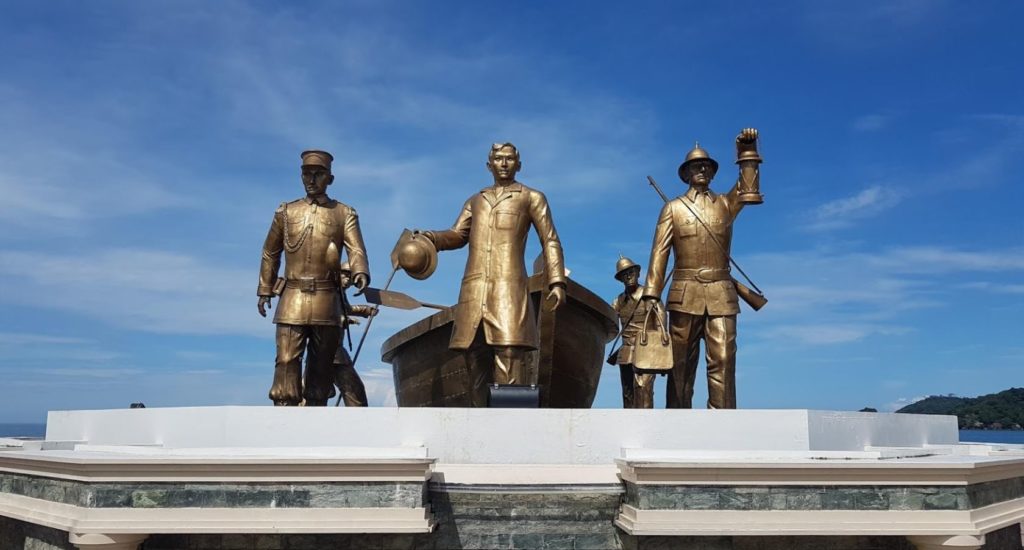
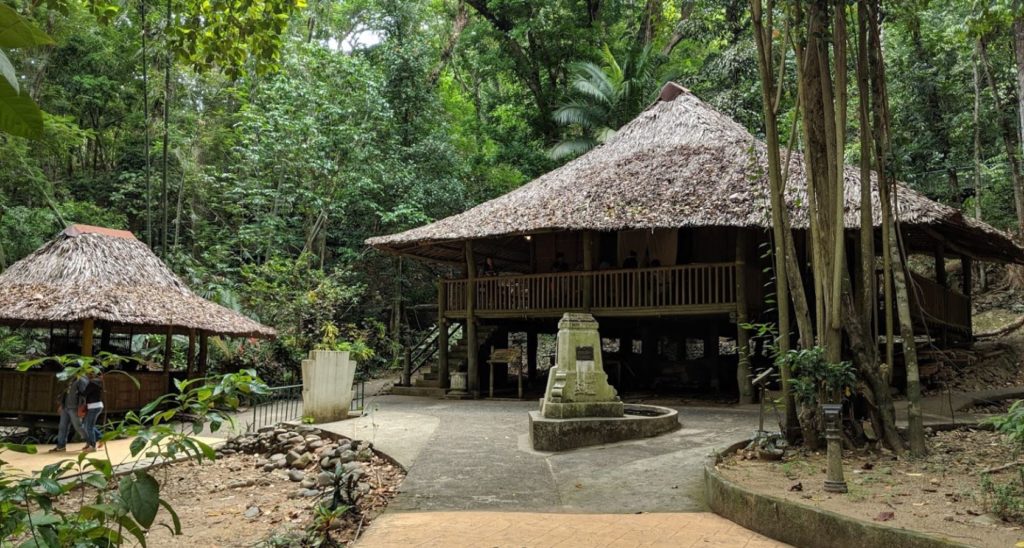
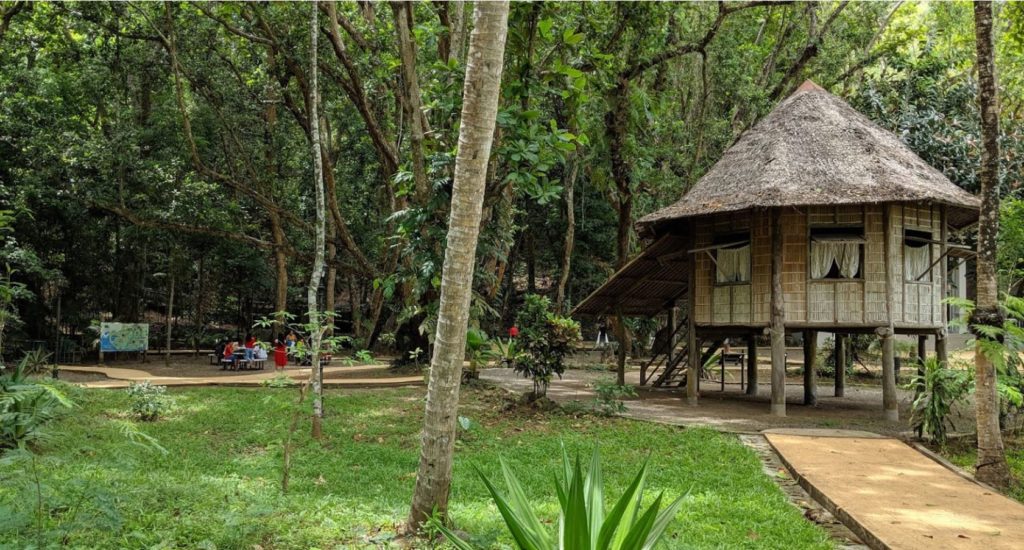
On January 15, 1897, just a few days after his execution, Rizal’s properties in Dapitan were confiscated where Don Cosme Borromeo was the appointed custodian. It wasn’t until the end of Spanish rule in 1913 the place was converted into a public park in memory of Jose Rizal, and on September 3, 1940 thru Proclamation No. 616, then Commonwealth president Manuel L. Quezon secured the preservation and eventually turning it to Rizal National Park.
Since then, further proclamations and decrees helped to secure the preservation and improvement of the site. That included the expansion of the park to its present size of 439 hectares with a buffer zone of 15 hectares, through Proclamation No. 279 on April 23, 2000.
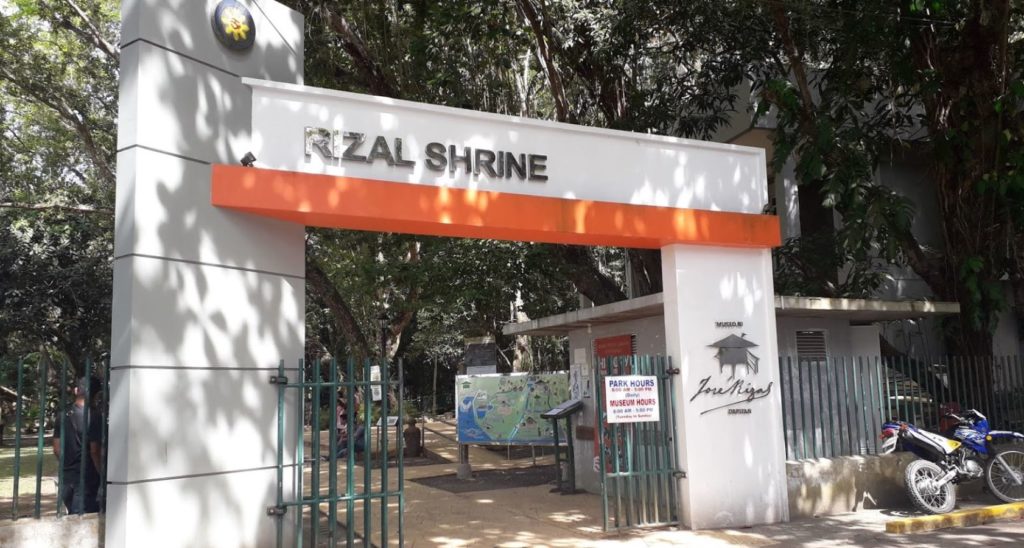
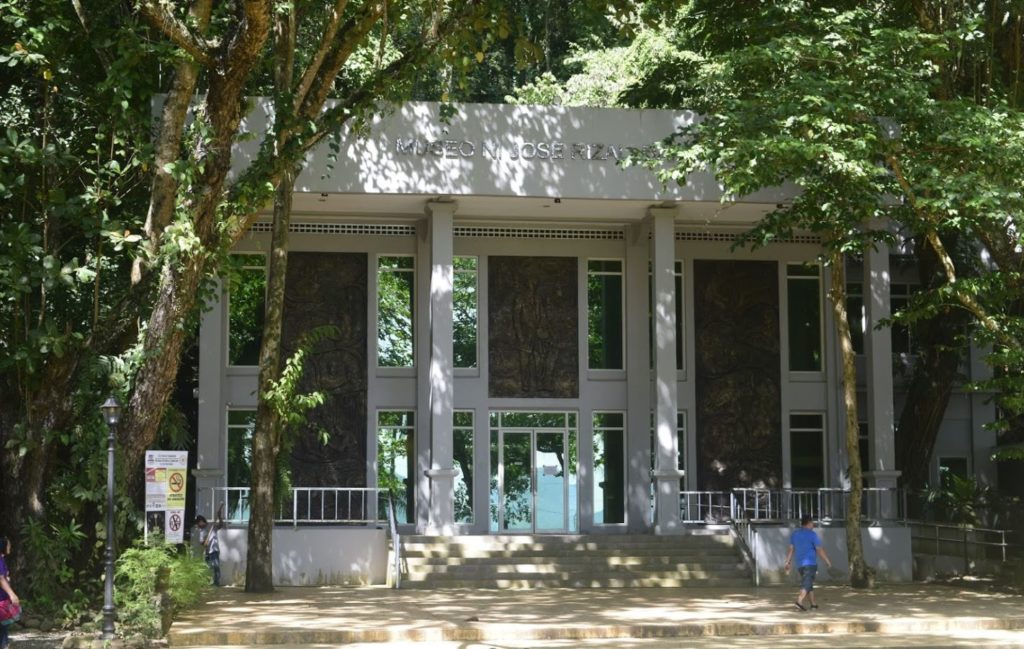
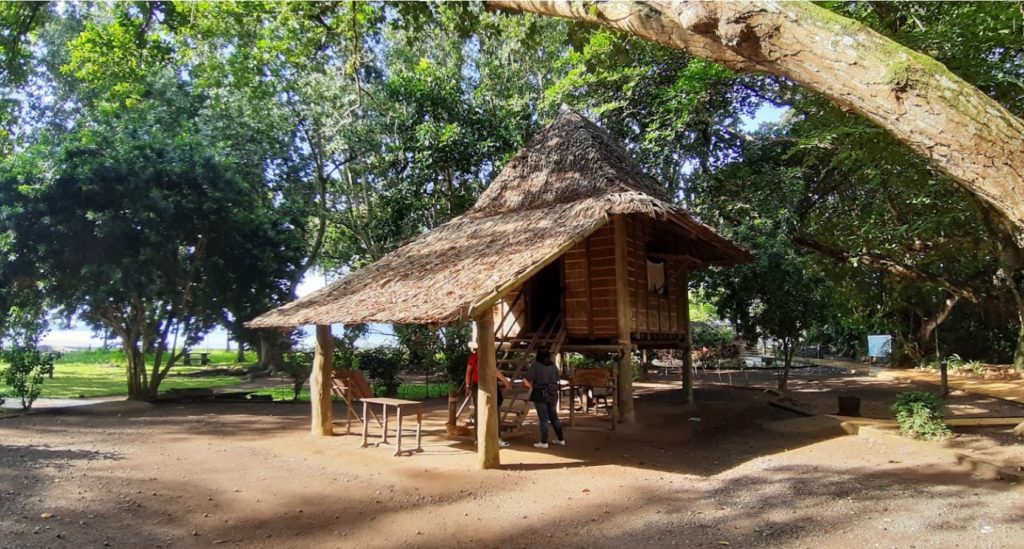
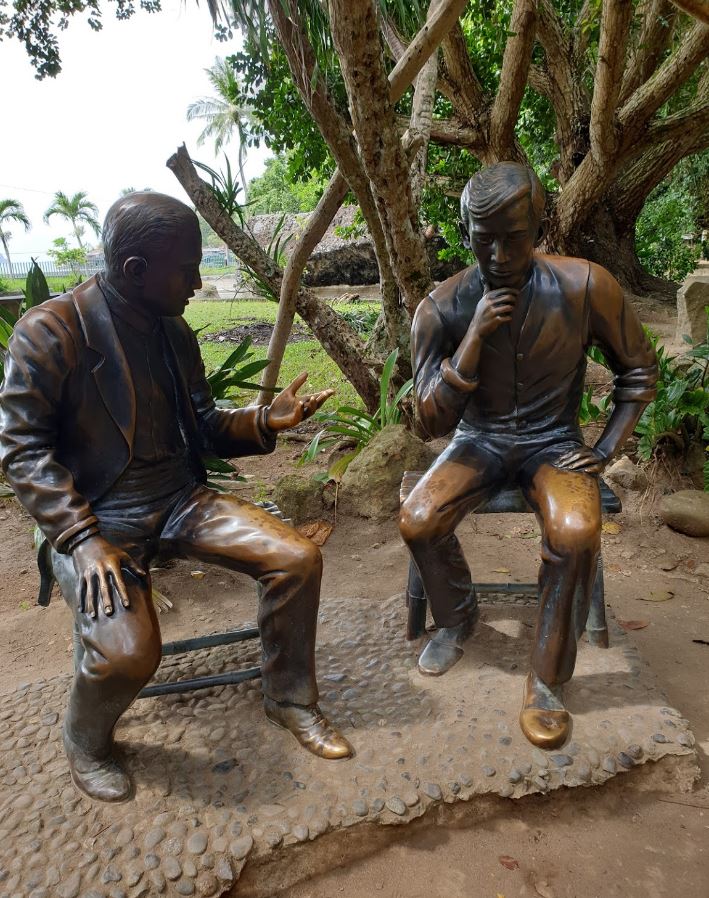

The reconstructed houses made of bamboo and nipa, originally built by Rizal himself are currently of pristine condition and in their original location, thanks to the continuous preservation by the management with the aid of the government.
Today, tourists flock this park to catch a glimpse of a day in the life of Rizal during his exile years. Many visitors, both local and international remain in awe for Rizal’s ingenuity as he made this area a mini community of his own.
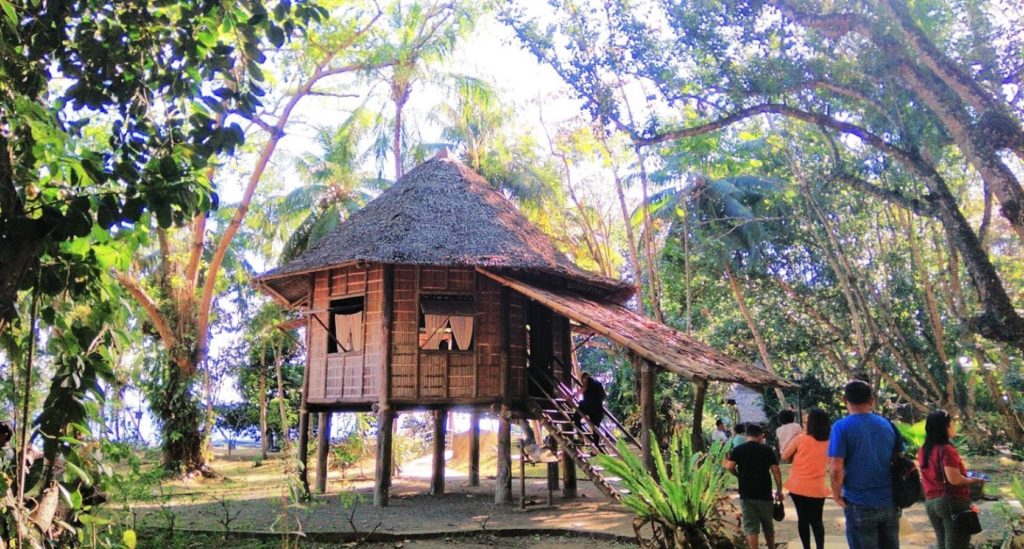
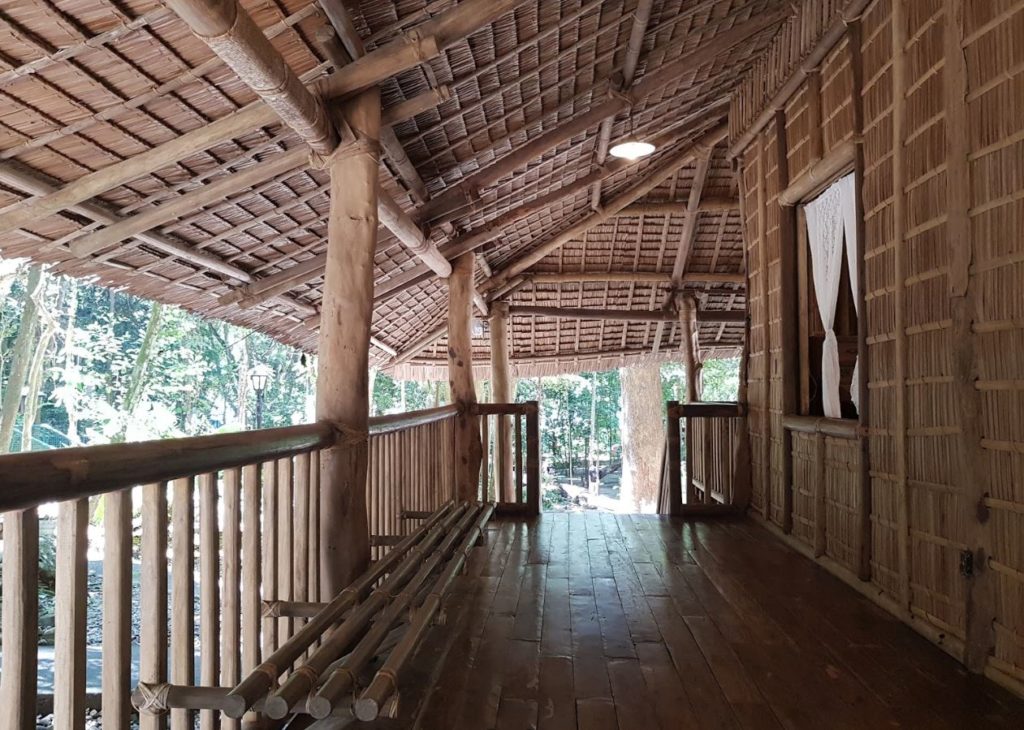
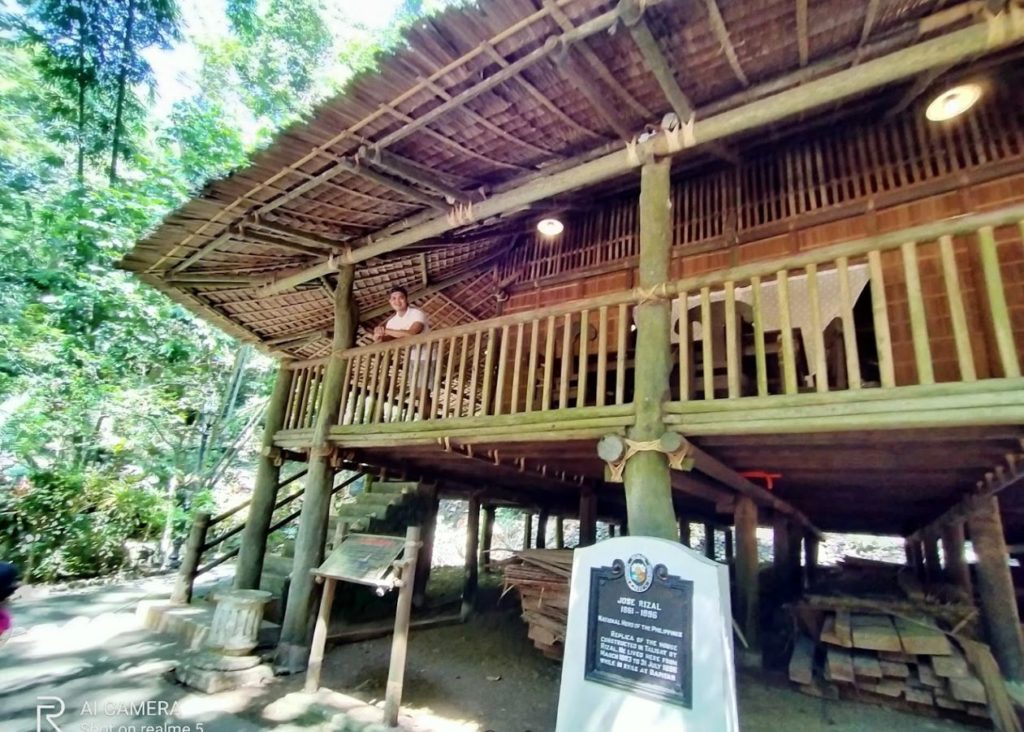
RATES & OTHER INFORMATION
- Operating Hours: Open daily, 8AM to 5PM
- Entrance Fee: Admission is free.
HOW TO GET THERE?
Exact Location: Brgy. Talisay, Dapitan City, Zamboanga del Norte, Philppines
BY BUS: This historical landmark is approximately 9 kilometers north of the Dipolog Airport. Many carriers have flights bound to this airport such as Cebu Pacific. Book a flight here and once you’re in the airport, buses and jeepneys are available along the Dipolog-Oroquieta National Road and Jose Rizal Avenue in Dapitan. Most transportation modes like buses, vans, jeepneys are very familiar with the landmark, as the way leads to famous resorts like Dakak.
BY CAR: Navigate with Waze or Google Maps and set your destination to “Rizal Park and Shrine” in Brgy. Talisay, Dapitan City, Zamboanga del Norte. Parking space is available.


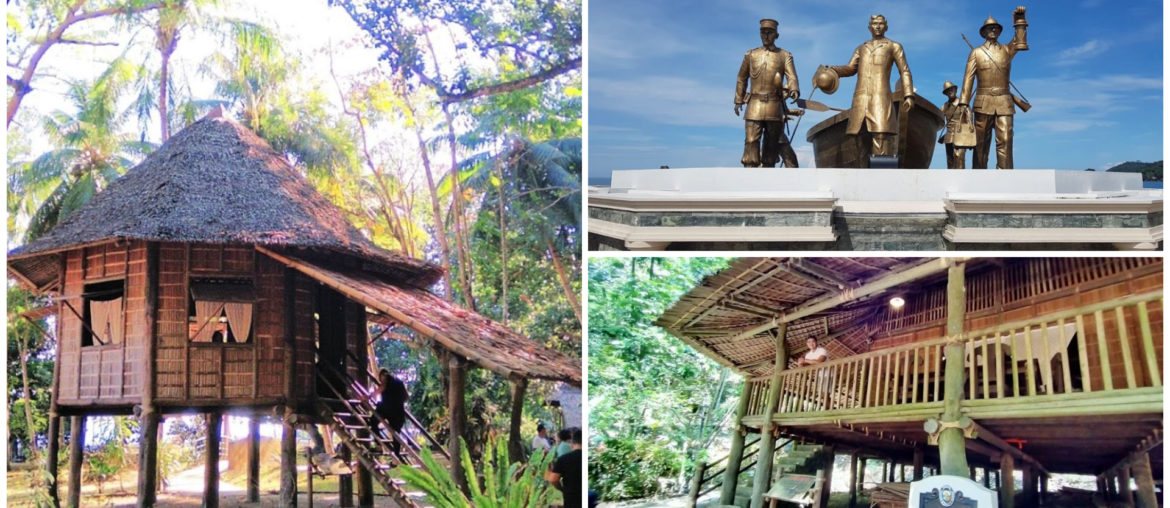
Comments are closed.